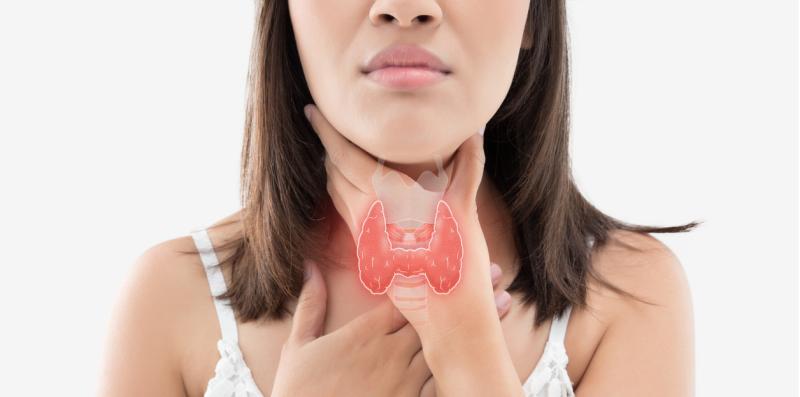
Thyroid disorders are common conditions worldwide, which occur when the thyroid gland – a small butterfly shaped gland in the front of the neck – is not working properly. The two main types of thyroid disease are hypothyroidism and hyperthyroidism. Both conditions can be caused by other diseases that impact the way the thyroid gland works.
Around 750 million people worldwide are thought to be at risk, with hundreds of millions living with a thyroid condition right now. Up to 50% of those living with a thyroid disorder are undiagnosed, and people may be needlessly struggling through their everyday lives without knowing the root cause of their symptoms.
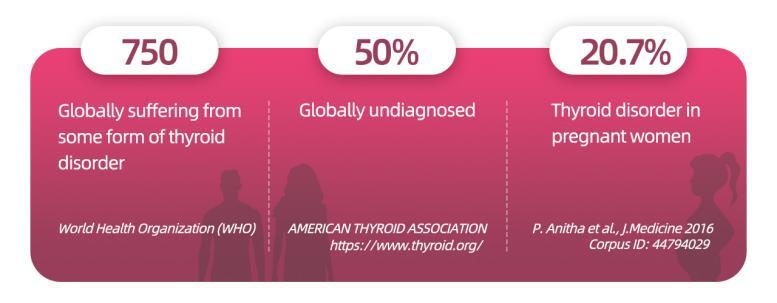
Witnessing 3 or more of these symptoms?
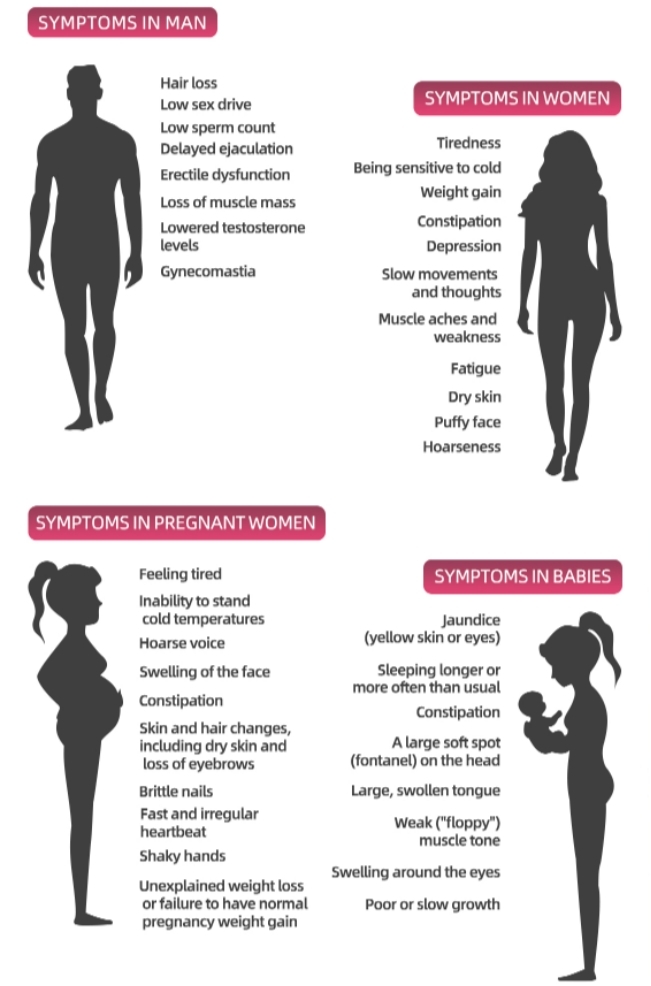
While living with an undiagnosed thyroid disorder can be debilitating, it doesn’t have to be this way! Because thyroid disorders can lead to serious health issues later on. Such as:
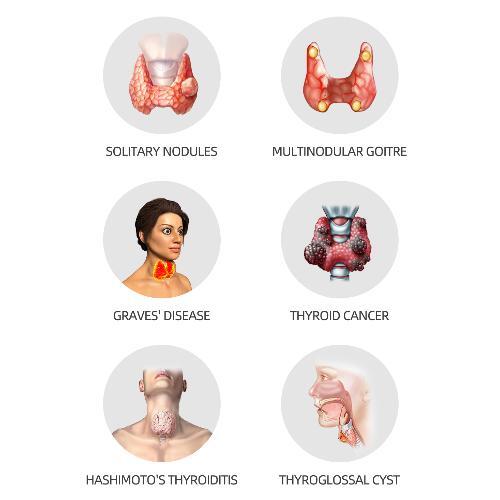
Causes
Hypothyroidism :
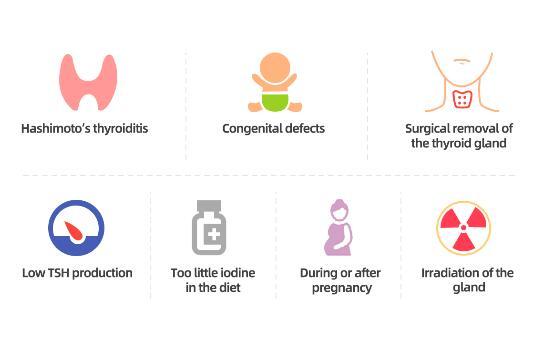
Hyperthyroidism :
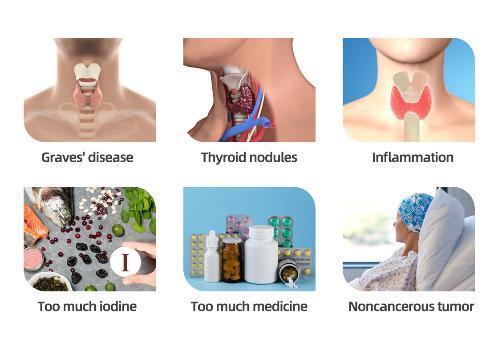
Complications
Hypothyroidism :
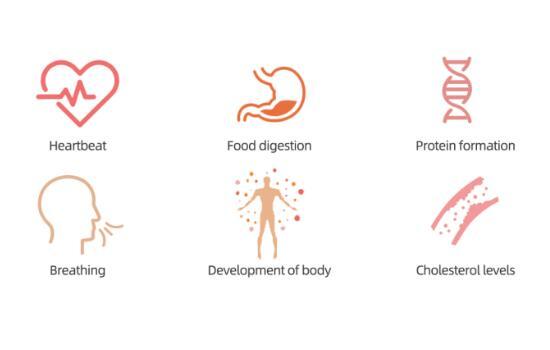
Hyperthyroidism :
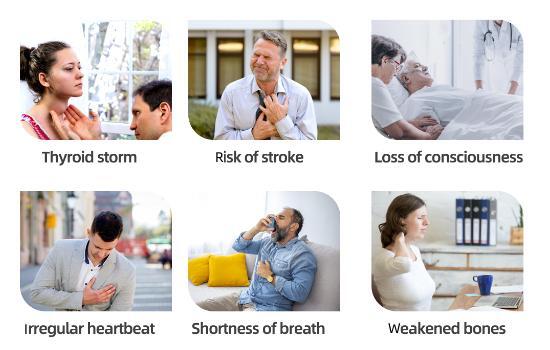
Pathway of Thyroid Hormone
Hypothalamic TRH stimulates TSH release from the anterior pituitary gland. TSH binds to cell surface receptors in the thyroid gland. The thyroid responds by secreting T4 and T3 that are transported.11 As we mentioned earlier, when your body produces too much or too little thyroid hormone, it is called thyroid dysfunction. Hashimoto's thyroiditis is the most common cause of hypothyroidism (too little thyroid hormone) and Graves' disease is the most common cause of hyperthyroidism (too much thyroid hormone).
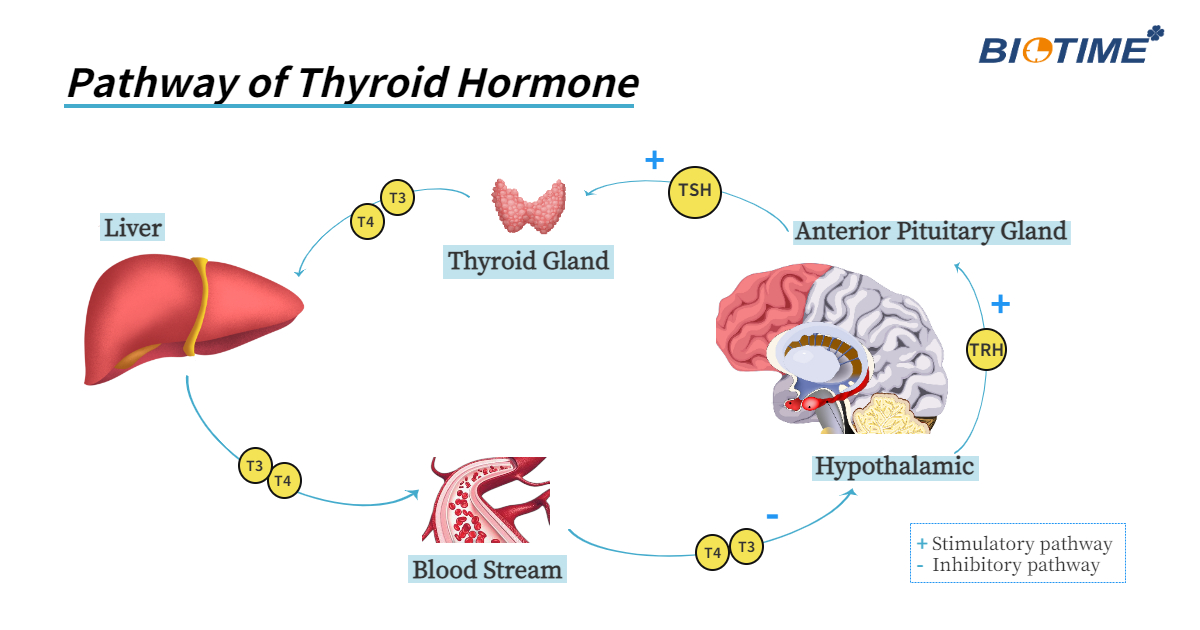
When you rely on Biotime, we always have a solution for your health inconvenience. Since we, at Biotime consider thyroid hormones function is essential for humans live in a healthy life therefore we offer several thyroid biomarker for diagnostic testing as well as monitoring of it is proper functions. Such as: TSH, TT3, TT4, fT3, fT4. Their clinical utilities are with maximum range for primary screening of thyroid dysfunction, diagnosing of an overactive thyroid, also known as hyperthyroidism, diagnosing an underactive thyroid, also known as hypothyroidism, examining the thyroid disease, distinguishing the types of thyroid disorders, analyzing infertility in women,Monitor thyroid treatments, monitoring thyroid treatments, monitoring pituitary disease. As we now know both hypothyroidism and hyperthyroidism can lead to serious health complications if left untreated.
Reference
1.World Health Organization (WHO)
2.AMERICAN THYROID ASSOCIATION
3.P. Anitha et al., J.Medicine 2016 Corpus ID: 44794029
4.Taylor PN et al. Global epidemiology of hyperthyroidism and hypothyroidism. Nature reviews. Endocrinology 2018;14:301-316.
5.Mendes D. Prevalence of Undiagnosed Hypothyroidism in Europe: A Systematic Review and Meta-Analysis. Eur Thyroid J 2019;8:130-143.
6.Thyroid Foundation of Canada. About Thyroid Disease.
7.American Thyroid Association. Thyroid blood tests and general well-being, mood and brain function. Last accessed February 2022.
8.American Thyroid Association. Hyperthyroidism. Last accessed February 2022.
9.Chaker L, et al. Hypothyroidism. Lancet 2017;390:1550–62.
10.American Thyroid Association. Hypothyroidism. Last accessed February 2022.
11.Michael Wilkinson et al., Clinical Neuroendocrinology An Introduction pp. 97 - 117